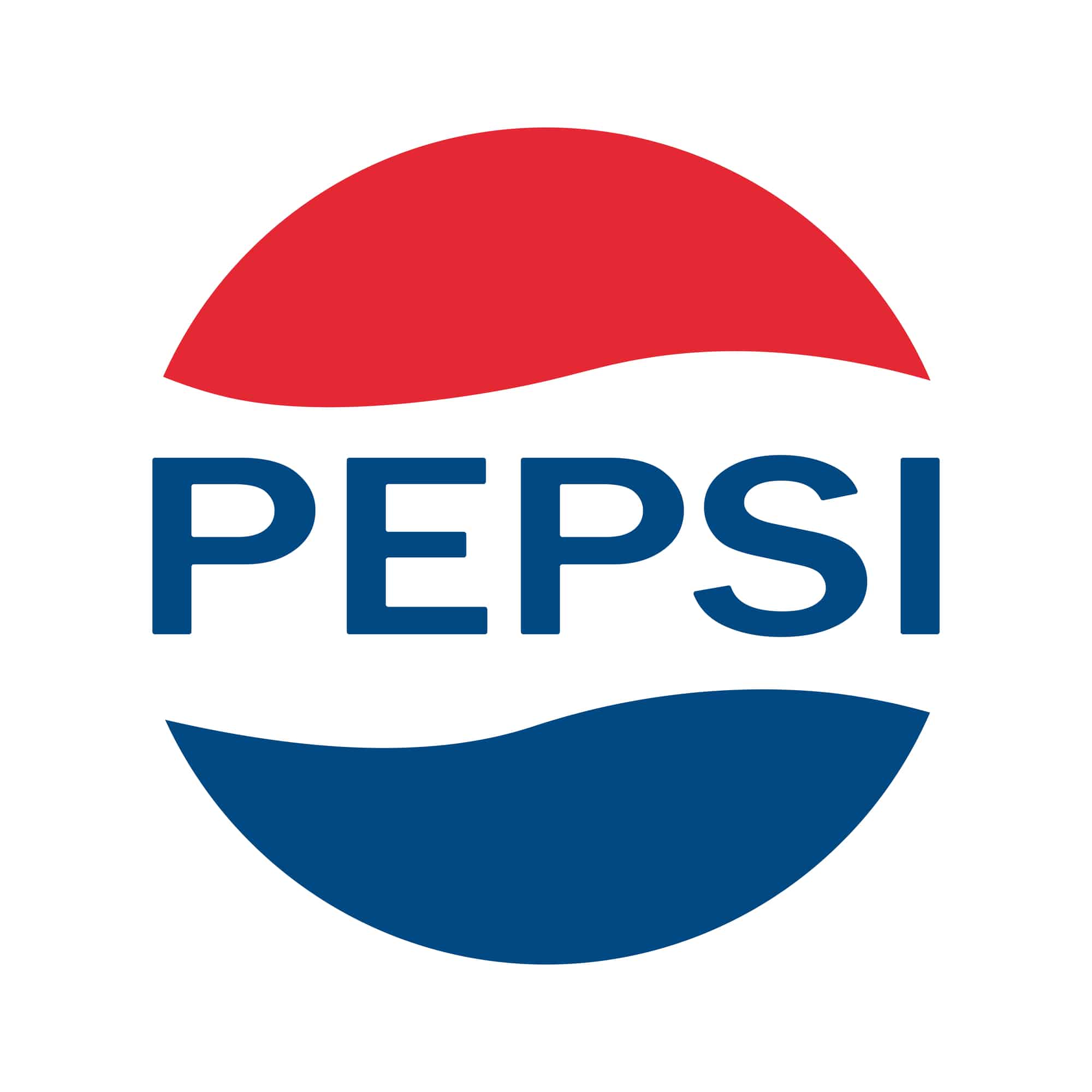GitHub is a platform that hosts Git repositories — folders that help programmers and developers work together on source code. Through GitHub, software engineers and developers can manage projects, share progress, and collaborate on open-source projects. With various productivity tools, other professionals, like writers, product managers, and team leaders, can also leverage GitHub to keep projects on track and work with colleagues asynchronously.
What Is GitHub Used For?
GitHub is a Microsoft-owned platform that allows developers and software engineers to store, create, manage, and collaborate on code. Using GitHub alongside Git, a version control system that tracks changes to source code, developers can work together to write and adapt code in an organized and clear space.
In other words, GitHub is a “cloud-based Git hosting provider, complete with a lot of bells and whistles around enterprise support, team collaboration, and security posture,” says Ryan Taylor, engineering manager at JustWorks.
Those bells and whistles include powerful project management tools, like customizable spreadsheets, road-mapping abilities, and task boards to keep projects and teammates on track.
GitHub is also a hosting platform for open-source projects, allowing technological exploration, advancement, and collaboration between engineers across the globe. This collaboration is aided by GitHub’s social networking and forum features where professionals and novices alike can connect, discuss topics, and build new skills.
Who Uses GitHub?
Most professionals who use Git also use GitHub. Although using Git without GitHub is possible, it’s typically complicated and not worthwhile. GitHub users include everything from companies in the technology field to individual developers.
Tech professionals like web developers, software engineers, DevOps engineers, and software developers can leverage GitHub’s source code hosting, file storage, and project development tools.
>>MORE: Learn the differences between software engineers and software developers.
However, other industries and professionals can use the platform’s file and project management tools to keep product and project developments on track. For instance, project managers can use GitHub’s task management tools to organize large-scale projects across teams and assign specific parts of projects to individuals.
GitHub is “especially popular in the open-source community,” says Taylor. The platform enables developers and engineers across teams, companies, and industries to easily store and share source code, making it an ideal space for open-source projects to begin, grow, and thrive.
Students and professionals alike can also use GitHub to build portfolios of work. These portfolios are vital for showing potential employers and collaborators your technical skills.
What Tech Job Is Right For you?
Find out which tech career is right for you with our free quiz.
How to Use GitHub
GitHub provides an easy-to-navigate user interface, and the site features an array of tutorials and guides for creating specific projects and troubleshooting issues.
Core Concepts in GitHub
Some of the most important aspects, features, and terms you’ll find when using GitHub include:
- Repository: Repositories, or repos, store source code, files, and version histories. You can send files and code between repositories using Git commands.
- Files: GitHub can support a range of file types, including binary files for code, log files, markdown files (simplified text files), and most image and word document files.
- Commit: A commit in Git and GitHub is a change made to a repository. Commits include small changes like adjusting file names to significant changes like rewriting a section of source code to fix a bug.
- Pull requests: You use pull requests to take something from a different repository and add it to your own or the one you’re currently working in.
- Push: Push commands do the opposite of pull requests, allowing you to send objects (like files, commits, or references) to different repositories.
- Clone: Clones are local copies of a repository or project. You can create clones of a project to work on them on your personal computer outside of the project’s main repository, or you can clone a project to share and send it to others easily.
Some repos may also have wikis or files that describe the contents of the repository. These files explain the purpose of the project or source code. Sometimes, you can find this information in a “README” file — typically the first file added to a repository.

Electronic Arts Software Engineering
Develop a new feature for the Sims 4 game as a Junior Software Engineer in this free job simulation from EA.
Avg. Time: 5 to 6 hours
Skills you’ll build: Communication, feature design, feature proposal, object-oriented design, class design, code analysis, data structures, code readability, game engine technology
Getting Started on GitHub
The first step toward using GitHub involves creating an account. Accounts are free and include free repository hosting and project management tools. GitHub also offers private repositories for organizations and companies at varying price levels.
When setting up your account, you’ll need to choose a username or handle that identifies you and your work across the platform.
“Choose a good handle,” says Taylor. “It will largely follow you for the rest of your career.”
Once you have an account, you can explore different features throughout GitHub. The platform offers step-by-step tutorials to complete basic and higher-level tasks, such as:
- Creating a new repository
- Exploring open-source projects and community conversations
- Building your personal profile
- Uploading existing projects
You typically need to start a new repository before undertaking other tasks. To create a new repository:
- Click the “plus sign” in the top right corner to add a new repository.
- Name your repository and add a description.
- Add a README file.
- Decide if you want the repository to be public or private (remember to make your portfolio projects public so potential employers can see them!).

Citi Technology Software Development
Improve loan management systems and build a real time stock market dashboard with Citi's Technology Software Development team in this free job simulation.
Avg. Time: 5 to 6 hours
Skills you’ll build: System design, state diagrams, flowcharts, written communication, machine learning, risk assessment, Java, APIs, back end development
Showing GitHub Skills on Your Resume
A robust online portfolio shows employers your programming skills and experience using common tools like GitHub. Through your public profile on GitHub, potential employers can gain insights into your organization, coding, and developing skills.
In addition to including previous work in your portfolio, highlight your familiarity with GitHub and Git in job or internship descriptions on your resume. Including specific details about projects you’ve done, even if they’re not featured in your GitHub portfolio, can be beneficial.
One great aspect of GitHub is you can use it to gain experience even if you don’t have any prior professional jobs or internships in coding or programming. Using open-source projects or building your own can help you develop a portfolio of work that speaks for itself outside of your resume or cover letter.
“Commit often!” says Taylor. “Sometimes, employers will try to look at your commit history graph on your public profile, especially for your first job. It’s a way of publicly showing you’re practicing and building things!”
Don’t forget to include relevant skills on your resume, too. While your portfolio can show a range of hard skills, employers are also looking for tech skills like:
- Excellent verbal and written communication skills
- Organization
- Time management
- Critical thinking
- Experience with the software development lifecycle (SDLC)
- Familiarity with data analysis
- Data structures and algorithms
- Working knowledge of coding and programming languages (such as Python, JavaScript, and SQL)
Build the tech skills you need to land your dream job with our free software engineering job simulations.
Image credit: Canva

